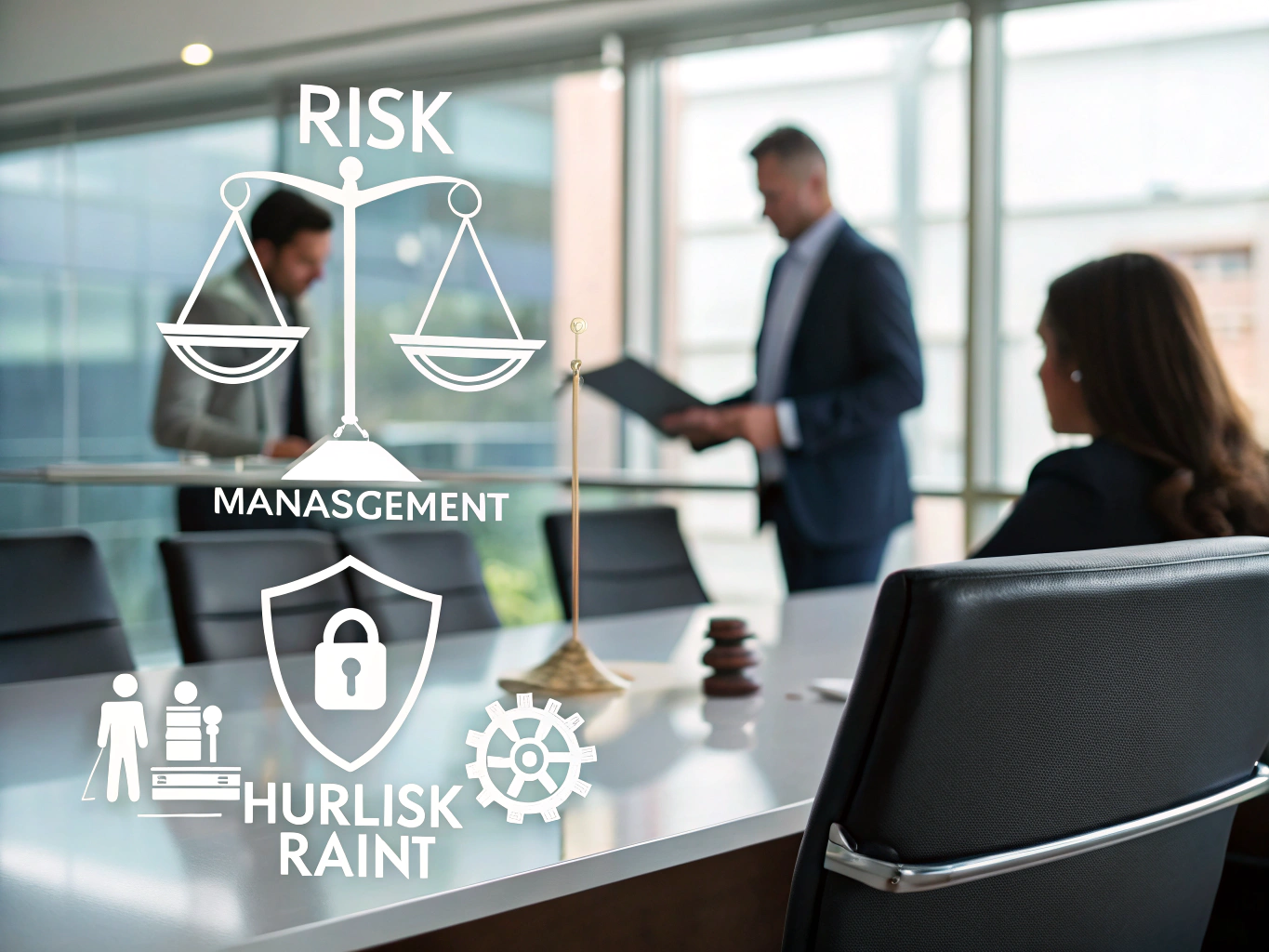Definition
Risk management is the practice of identifying, assessing, and addressing potential threats to your organization’s success. Think of it as a safety net that helps keep your company secure from unexpected bumps in the road. It’s not just about avoiding disasters; it’s about being proactive so you can focus on growth and development without unnecessary worry.
Key Components
To navigate the world of risk management effectively, it’s crucial to understand its key components. Here’s a friendly breakdown of what you need to consider:
- Risk Identification: This is the first step where you pinpoint what could go wrong. It might include risks from hiring the wrong candidate, failing to comply with labor laws, or even data breaches. For example, during recruitment, failing to check references could lead to hiring someone who isn’t a good fit, causing disruptions down the line.
- Risk Assessment: Once risks are identified, you need to evaluate their likelihood and impact. This could involve using risk matrices that help you prioritize which risks need immediate attention. Imagine you find that a potential data breach has higher consequences than a minor compliance issue—this helps you focus your resources where they’re needed most.
- Mitigation Strategies: After assessing risks, it’s time to devise a plan. This could mean creating training programs to address compliance issues or implementing robust IT security measures. For instance, you might decide to conduct regular training sessions on workplace safety to minimize accidents.
- Monitoring and Review: Risk management isn’t a one-time task but an ongoing process. Regularly review your risk landscape and adjust your strategies as necessary. For example, if new legislation affects how you handle employee data, it’s crucial to update your policies accordingly.
- Communication: Keeping everyone in the loop is vital. Ensure that all employees understand the risks and the measures in place. Regular updates through meetings or newsletters can help foster a culture of awareness and responsibility.
Importance in the Workplace
Why does risk management matter in your workplace? Well, imagine a scenario where a sudden change in labor laws catches your company off-guard, leading to hefty fines and a tarnished reputation. Effective risk management helps you avoid such pitfalls by ensuring compliance and safeguarding your organization’s reputation. It can also enhance employee morale—when your team knows that you’re committed to their safety and well-being, they’ll feel more secure and engaged in their work.
Best Practices
Ready to put risk management into action? Here are some practical tips that you can implement in your workplace:
- Conduct Regular Risk Assessments: Make it a point to evaluate risks at least annually or whenever there are significant changes in your organization. For instance, if you’re launching a new product or entering a new market, reassess your risk landscape.
- Foster a Risk-Aware Culture: Encourage all employees to report potential risks. Create an environment where sharing concerns is welcomed and appreciated. This might involve setting up an anonymous suggestion box or regular check-ins.
- Develop a Crisis Management Plan: Prepare for the unexpected by having a plan in place. This could include emergency procedures and communication strategies to manage any fallout effectively. For example, if a data breach occurs, have a clear protocol for notifying affected parties and mitigating damage.
- Stay Informed: Keep up with industry trends and regulatory changes. Subscribing to relevant newsletters or joining HR forums can help you stay ahead of potential risks. You might discover new compliance requirements that impact your hiring process.
- Engage External Experts: Sometimes, it’s helpful to bring in outside consultants to provide a fresh perspective on potential risks. They can offer insights or identify vulnerabilities that you might not have considered.
Legal Considerations
When it comes to risk management, legal considerations are a significant aspect. Compliance with labor laws, health and safety regulations, and data protection laws are crucial to avoiding legal repercussions. For example, failing to comply with the General Data Protection Regulation (GDPR) can lead to severe penalties. It’s essential to regularly review and update your policies to ensure they align with current legislation and best practices.
Conclusion
Understanding risk management is vital for both HR professionals and employees alike. By identifying potential risks, evaluating their impacts, and implementing proactive strategies, you can create a safer, more resilient workplace. Remember, effective risk management not only protects your organization but also empowers your team, fostering an environment where everyone can thrive. So embrace the process, and make it a part of your everyday operations—you’ll be glad you did!




